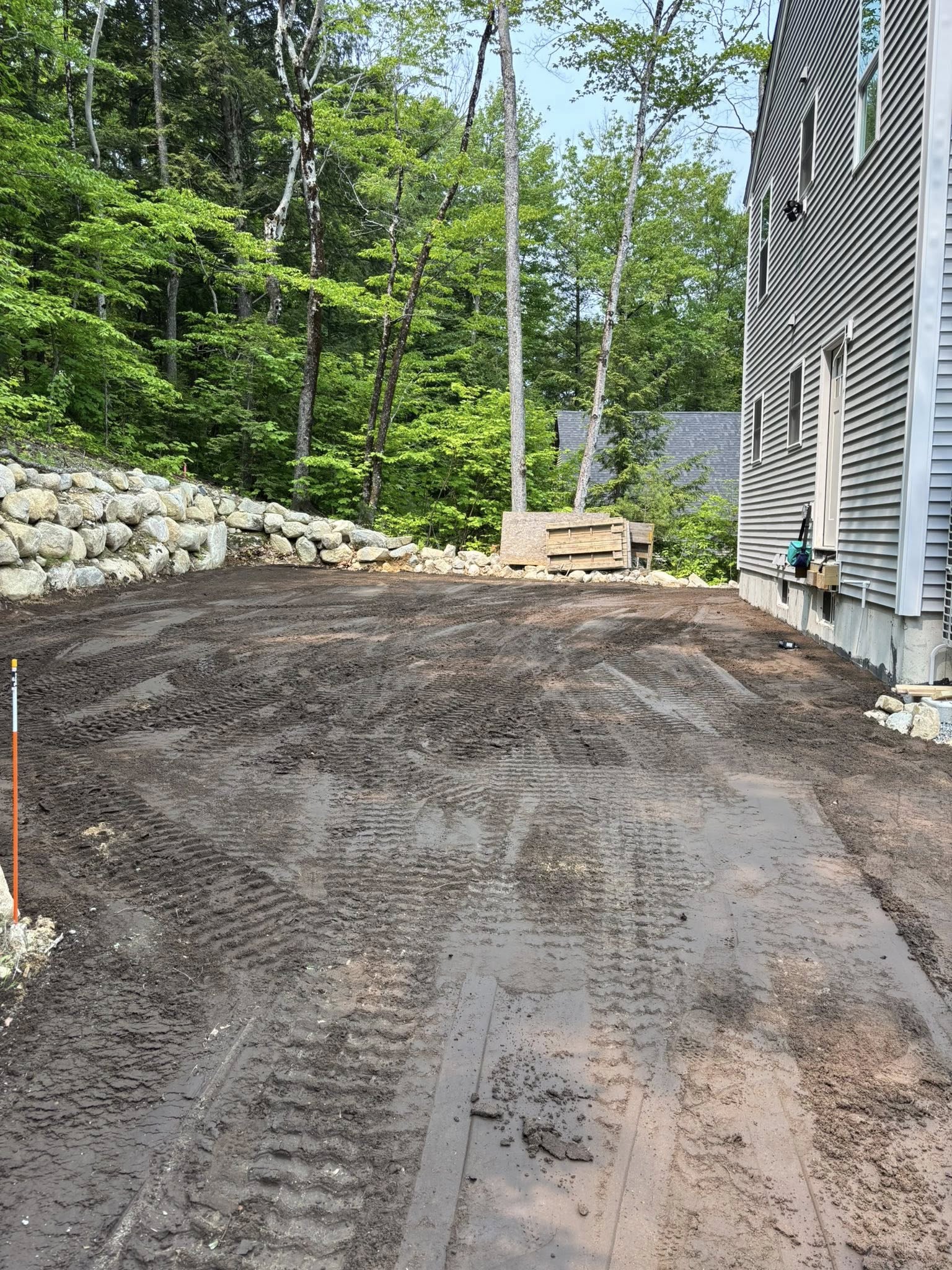
Crafting Sustainable Landscapes: A&D Excavation’s Guide to Eco-Enhancing Techniques Sep 04, 2025
The journey towards a sustainable landscape begins with thoughtful planning. Before breaking ground, it's essential to understand the existing conditions of the land. Conduct a thorough site analysis by assessing factors such as soil quality, drainage patterns, and sun exposure. This information will be foundational in making intelligent decisions about what plants to introduce and how to design the landscape efficiently.
Once the preliminary assessment is completed, it's time to consider the choice of materials. Opt for sustainable and locally sourced materials where possible. Using native plants in landscaping offers numerous advantages—they require less water, are more resistant to local pests, and promote biodiversity by providing habitat for local wildlife. Incorporating a diverse range of plants can also create a more resilient ecosystem that continues to thrive across different seasons.
Water conservation is another critical element of sustainable landscaping. Implementing an efficient irrigation system, such as drip irrigation, can significantly reduce water usage. Mulching around plants helps retain moisture in the soil, reducing the need for frequent watering. Additionally, consider installing rain barrels to capture and utilize rainwater for garden irrigation, further minimizing reliance on treated water supplies.
Soil health is a cornerstone of any successful landscape. At A&D Excavation, we recommend regular soil testing to monitor and maintain nutrient levels. Enhancing soil quality can be achieved by using organic fertilizers and compost, which improve soil structure and promote the growth of beneficial microorganisms. Avoiding chemical pesticides and synthetic fertilizers not only safeguards soil health but also prevents harmful runoff that can pollute local waterways.
Another approach to sustainable landscaping is the strategic use of hardscapes. Hardscaping with permeable materials such as gravel or permeable pavers can help manage stormwater runoff by allowing it to filter slowly into the ground. This reduces the risk of erosion and flooding, especially in areas prone to heavy rainfall. Designing pathways and patios with these materials can create functional outdoor spaces that complement the natural environment.
Creating a sustainable landscape is also about fostering connections with nature. Encourage wildlife to visit your garden by incorporating features such as birdhouses, butterfly gardens, and small ponds. These elements can make your outdoor space a sanctuary for local species, enhancing the ecological value of your landscape.
As we conclude our guide, it’s important to remember that crafting a sustainable landscape is an ongoing process, requiring regular maintenance and adaption. By following these eco-enhancing techniques, you not only contribute positively to the environment but also create a beautiful and functional space that can be enjoyed for years to come. At A&D Excavation & Landscaping, we're committed to guiding you through this rewarding journey, ensuring that your landscape is as earth-friendly as it is beautiful.
/filters:no_upscale()/media/5aa98e17-b1da-41e8-88e3-514197756a04.jpg)